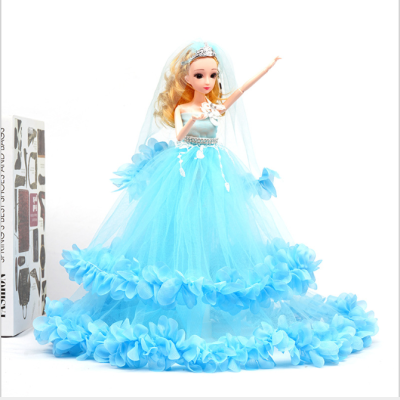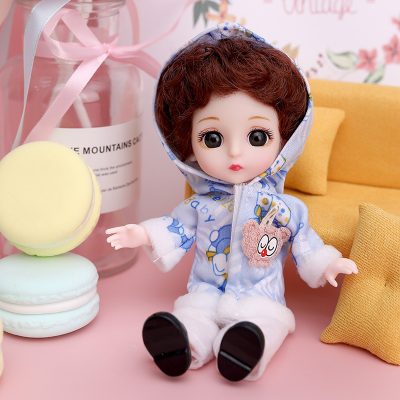Barbie has evolved significantly over the decades since her introduction in 1959. Here’s a brief overview of how Barbie has changed and adapted to the times from the 1960s to the present day:
1960s: The Mod Era
- In the 1960s, Barbie reflected the fashionable “mod” culture of the time with her wardrobe featuring bold patterns, mini-skirts, and go-go boots.
- Barbie’s hair underwent various transformations, including the introduction of the iconic “bubble cut” hairstyle.
- This era saw the emergence of Barbie’s family members and friends, including Ken, Skipper, and Midge.
1970s: The Malibu Barbie Era
- Barbie adopted a sun-kissed California look, known as “Malibu Barbie,” featuring tanned skin and beachwear.
- New dolls and playsets, such as the Barbie Dream House and Barbie’s camper, became popular during this era.
1980s: Versatility and Career Focus
- The 1980s marked the introduction of various career-themed Barbie dolls, including Barbie as a doctor, astronaut, businesswoman, and more.
- Barbie continued to diversify her interests and hobbies, reflecting changing societal expectations.
1990s: Dolls of the World and Diversity
- The “Dolls of the World” collection was introduced, featuring Barbie dolls representing different countries and cultures.
- Barbie started to diversify her appearances and cultural backgrounds to become more inclusive.
2000s: Fashion and Modernity
- The 2000s saw Barbie’s fashion-forward image maintained and reinforced, with trendy clothing and accessories.
- Barbie embraced the digital age with the launch of the Barbie website and various video games.
2010s: Diversity and Empowerment
- Barbie underwent significant changes in the 2010s, introducing dolls with diverse body types, skin tones, and hairstyles.
- Empowerment messaging became more prominent, with campaigns like “You Can Be Anything” encouraging girls to pursue their dreams.
2020s: Sustainability and Continued Evolution
- In the 2020s, Barbie has continued to adapt, focusing on sustainability with dolls made from recycled materials and eco-friendly packaging.
- The Barbie brand remains relevant by addressing contemporary social issues and promoting positive values.
Throughout these decades, Barbie has reflected the fashion, cultural, and social trends of each era, while also evolving to address changing perspectives on diversity, body image, and empowerment. Her enduring popularity and adaptability make her an iconic and influential toy that continues to resonate with new generations of children and collectors.



















